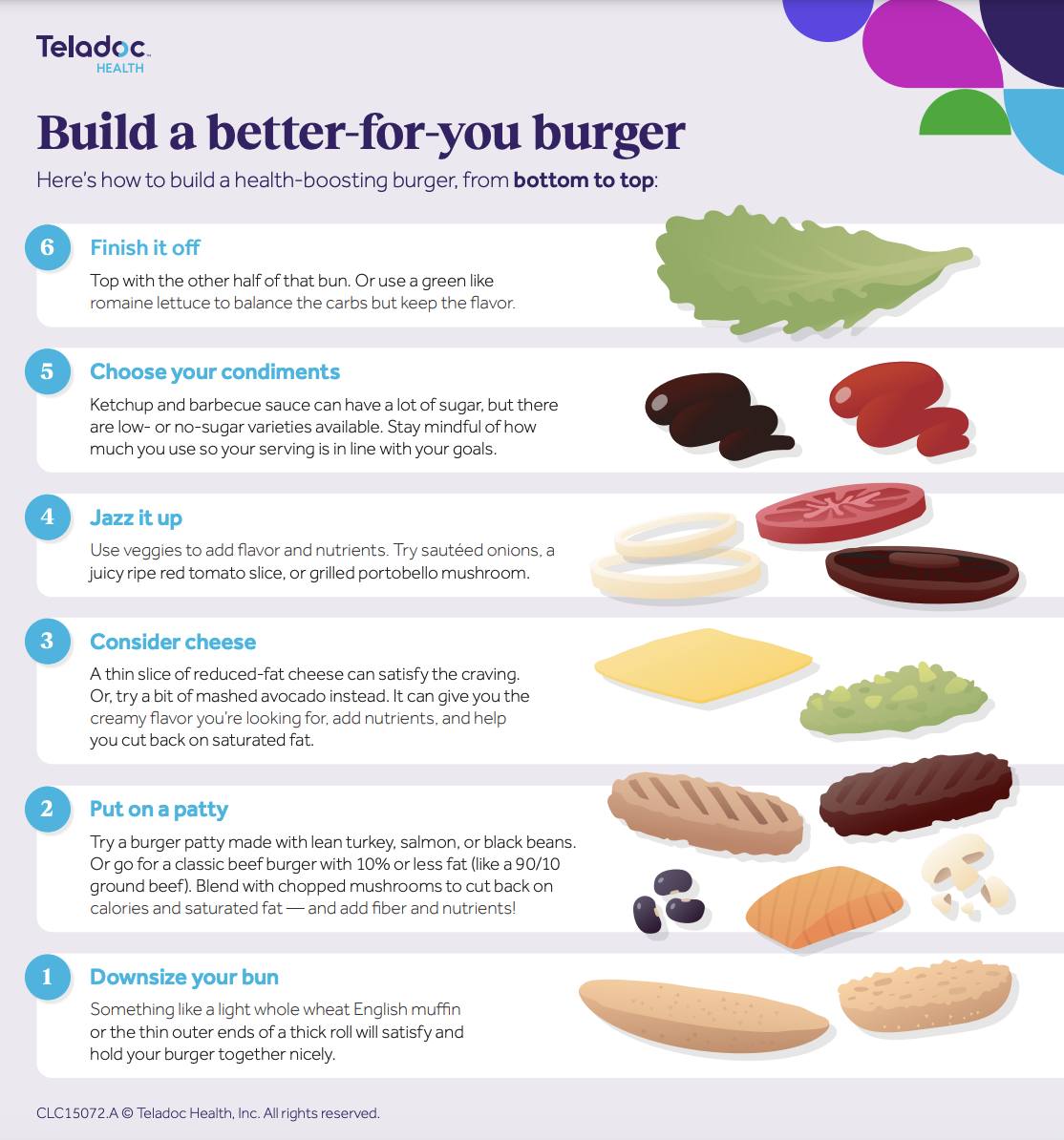Weighing in with confidence: build your weigh in routine

Many studies show that people who weigh in more often see better results. There are several reasons for this. But one thing is certain: Creating a weigh-in routine may help you reach your goal faster. Keeping your routine consistent involves motivation and positive thinking. While lowering the numbers on the scale might be your goal, just getting on the scale is a win worth celebrating. Let’s talk about how to build a successful weigh-in routine confidently.
Why establish a routine?
Establishing a routine you can stick with can have promising results. In a study presented to the American Heart Association (AHA), people who weighed in six to seven times per week lost more weight than those who weighed in only once a week.
Seeing the numbers go down can encourage you to keep up the good work. But it’s not just about the numbers. There are psychological benefits to weighing in regularly. A routine can encourage self-awareness of how your habits impact your weight. It can boost motivation, especially when you start seeing results. Most importantly, sticking with a routine helps you stay accountable to yourself.
Confront scale anxiety
Sometimes weighing in can cause scale anxiety—a feeling of dread or discomfort about what to expect when you step on the scale. You might feel this more if you stop losing weight, or start gaining weight, and you don’t know why. It’s important to remember that daily weight fluctuations are normal. Weight loss goals include other wins besides seeing your weight decrease. Celebrate as your blood pressure numbers improve. Celebrate healthier eating habits, better sleep and changes in your waist circumference. Before stepping on the scale, plan alternative responses in anticipation. Avoid negative self-talk. Watch this video for more tips on confronting scale anxiety.
Establish your routine
Here are some tips to help you establish a consistent routine:
- Weigh in at least three times per week
- Keep your weigh-ins at the same time of day. Many people prefer weighing in first thing in the morning before having any food or drink.
- Keep your scale in the same spot in your home
- Set an alarm on your phone or smart device to make sure your weigh-in times are the same every day
Set yourself up for success
If you are in any of our programs, you can talk to a coach to help you stay on track. Track your weight in our app or other apps to view trends in your weight and other health data. Importantly, avoid obsessive weigh-ins. Only weigh in according to the plan you’ve made. Reframe your thinking to see the bigger picture: better health!
Was this article helpful?
Want more support on your journey to better health?
This content is not intended to be a substitute for professional medical advice, diagnosis or treatment. Always seek the advice of your physician or other qualified health provider with any questions you may have regarding a medical condition.










